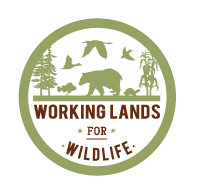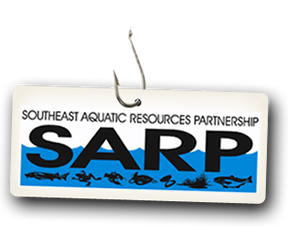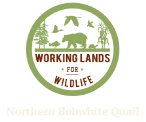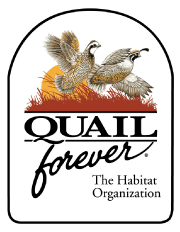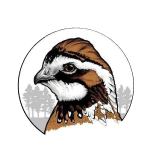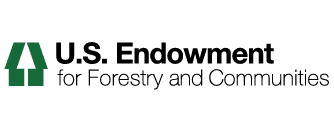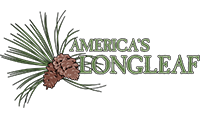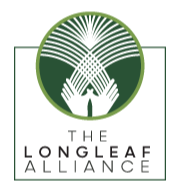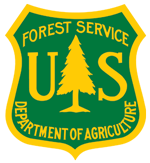Landscape Partnership Resources Library
Summaries of all Funded Projects
Summaries prepared to report out on the status of each funded project (5) to date - for which at least one quarterly reporting cycle has passed.
Agenda for Roundtable Discussion on Future of Federal Collaboration in Landscape-Scale Planning
Here is the full agenda to the meeting that is initializing a conversation about the future of federal agency collaboration in landscape-scale planning.
Climate Change: Future Federal Adaptation Efforts Could Better Support Local Infrastructure Decision Makers
The federal government invests billions of dollars annually in infrastructure, such as roads and bridges, facing increasing risks from climate change. Adaptation—defined as adjustments to natural or human systems in response to actual or expected climate change— can help manage these risks by making infrastructure more resilient. GAO was asked to examine issues related to infrastructure decision making and climate change. This report examines (1) the impacts of climate change on roads and bridges, wastewater systems, and NASA centers; (2) the extent to which climate change is incorporated into infrastructure planning; (3) factors that enabled some decision makers to implement adaptive measures; and (4) federal efforts to address local adaptation needs, as well as potential opportunities for improvement. GAO reviewed climate change assessments; analyzed relevant reports; interviewed stakeholders from professional associations and federal agencies; and visited infrastructure projects and interviewed local decision makers at seven sites where adaptive measures have been implemented.
App LCC TNC Terrestrial Ecoregions
Depicts the Terrestrial Ecoregions produced by TNC; based on USFS subsection map (Keyes et al. 1995)
App LCC TNC Terrestrial Ecoregions
Depicts the Terrestrial Ecoregions produced by TNC; based on USFS subsection map (Keyes et al. 1995)
National Fish, Wildlife, & Plants Climate Adaptation Strategy
The purpose of the National Fish, Wildlife and Plants Climate Adaptation Strategy is to inspire and enable natural resource administrators, elected officials, and other decision makers to take action to adapt to a changing climate. Adaptation actions are vital to sustaining the nation’s ecosystems and natural resources — as well as the human uses and values that the natural world provides.
RFP - Cave and Karst Classification and Mapping
The project will assemble georeferenced data, identify key intermediate (classification) data, and develop supporting science products that depict and map karst habitats and biotic resources across the Appalachian LCC based on the most appropriate method of classification to facilitate landscape-level planning objectives and address conservation and management needs.
Freshwater Mussels of the Powell River, Virginia and Tennessee: Abundance and Distribution in a Biodiversity Hotspot
Historically, the Powell River had a diverse freshwater mussel fauna of 46 species. Various surveys conducted over the past century have recorded a decline in mussel densities and diversity throughout much of the river, due to historical and on-going anthropogenic impacts. In 2008 and 2009, random timed-search, systematic search, and quadrat sampling of 21 sites were completed to document species richness, relative abundance, density, and size-class structure of resident mussel populations. We recorded 19 species from 18 sites, including 5 endangered species during quadrat sampling efforts. he mussel fauna of the lower Powell River continues to represent one of the most diverse in the United States. Outside of the Powell River, only 2 or 3 populations remain for most of the listed species extant in the river. Given these qualities, the Powell River deserves recognition as a location for focused conservation efforts to protect its diverse mussel assemblage.


